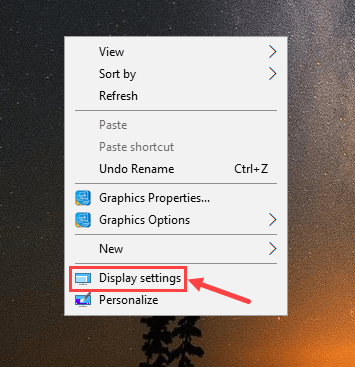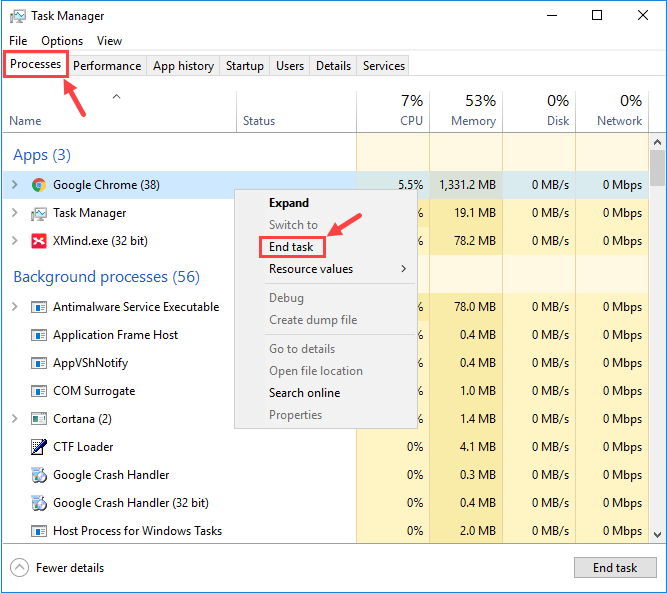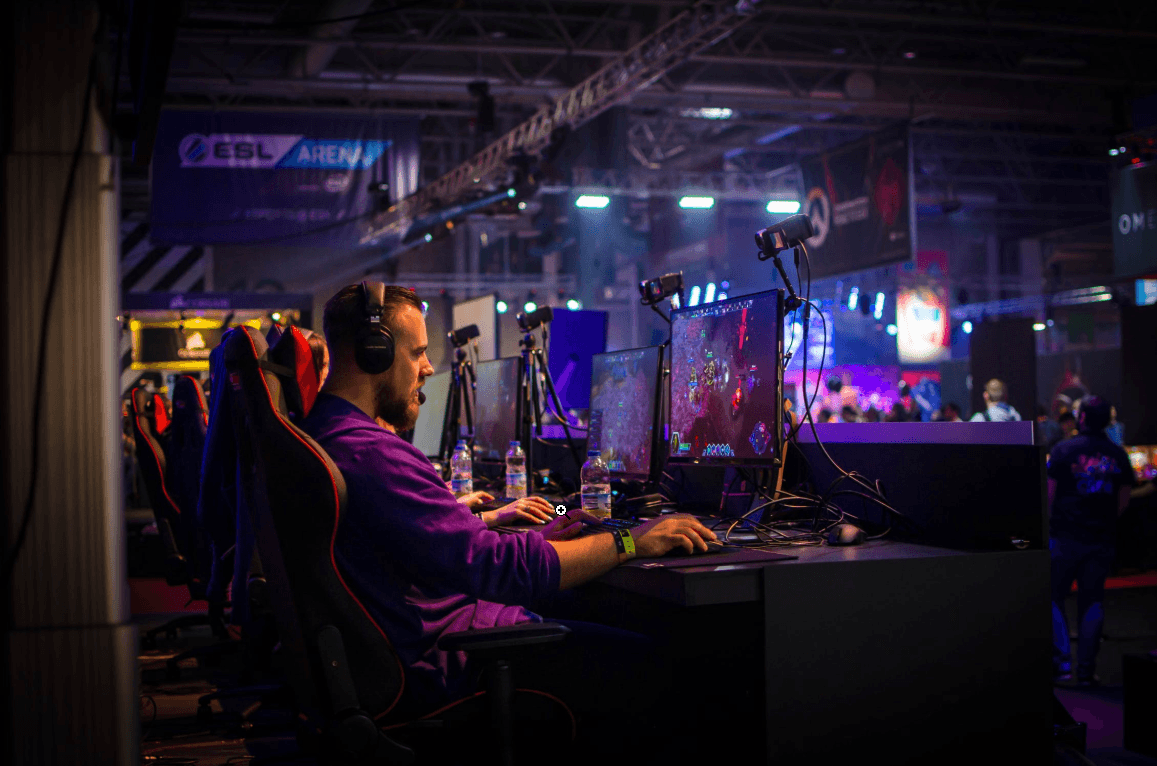
Low FPS (Frame per Second) in battle royale games can force you into an even more hair-raising adventure. While other gamers are playing a 3D video game, you seem to be in a pixel game by contrast; while others are running, you seem to be jogging or even strolling. Sounds funny, but for most players, it’s more like a trauma than a joke.
But now you don’t have to be a sitting duck to your enemies anymore. If you’re experiencing low FPS in battle royale gaming, this post will show you some of the most useful methods that have helped lots of other players.
Why do I have low FPS?
The reasons for your low FPS often boil down to poor PC performance or game bugs. If your computer cannot keep up with the game, it’s likely that you’ll have such a problem that hinders the app from running smoothly. In this sense, you should check your hardware and see if there’s anything you can upgrade. But if it turns out to be the bugs or inefficient coding in games that lead to your low FPS problem, you’ll need to report these errors to the game developer and wait until they’ve been fixed.
7 Fixes for the low FPS issue
Here you’ll be offered 7 fixes to troubleshoot and resolve your low FPS issue. Most of them are related to your PC performance in gaming, so if you are certain that your hardware is not the one to blame, you may skip these fixes and simply ask help from the game developer.
You don’t have to try out all the following fixes; just work your way down the list until you find the one that works for you.
Fix 1: Verify if your computer meets the minimum system requirements for the game
Fix 2: Modify in-game settings
Fix 3: Update your device drivers
Fix 4: Stop CPU/memory hogging applications
Fix 5: Delete temporary/junk files
Fix 6: Adjust Windows settings
Fix 1: Verify if your computer meets the minimum system requirements for the game
This is always a prerequisite act before you start to play a battle royale game: make certain that your computer meets the minimum system requirements.
Usually you can figure out both the minimum and recommended system requirements on your game’s official website. And if you want to check the system information of your PC, you may follow the steps below:
1) On your keyboard, press the Windows Logo key and R at the same time to invoke the Run dialog box. Type in dxdiag and click OK.

2) Here pops up the DirectX Diagnostic Tool window. Select the System tab, and you’ll see the detailed information about your operating system, processor, memory, and DirectX version.

3) Go to the Display tab, and you’ll be presented with the information about your graphics card.

4) If you want to know the screen resolution of your monitor, right-click an empty area of the desktop to open the context menu. Then click Display settings.

5) So this is your screen resolution, as illustrated in the following screenshot.

6) Don’t rush to close the Settings window above. Go on to click Storage in the left pane. Then you’ll find out the storage of your PC easily.

This is how you can see the system information of your computer. If you find it hard to tell whether your video card meets the requirements or not, you may refer to this post from Tom’s Hardware.
Once you find out that your hardware devices don’t keep up with the game, you’re strongly suggested to upgrade them first, or simply modify your in-game settings which will be explained in the next fix.
Fix 2: Modify in-game settings
If your computer doesn’t have a good configuration, or is not designed for gaming, then you should modify the in-game settings to alleviate the stress of your PC. After all, it’s a really bad thing to let your computer overload too often.
Usually you can modify your in-game settings in the Settings window after launching a game. In many cases, the icon for Settings looks like a gear. You may adjust your settings for Video by lowering the game resolution, disabling anti-aliasing and vertical synchronization, and tweaking other settings that may be related to your low FPS issue.
Fix 3: Update your device drivers
Outdated or corrupt device drivers can impose a large detriment upon your FPS and even ruin your wonderful gaming experience. To ensure the stability of your computer and make full use of its capabilities, you should always keep your drivers (such as CPU, GPU, and audio) up to date.
If you don’t have the time, patience, or computer skills to update the drivers manually, you can do it automatically with Driver Easy.
Driver Easy will automatically recognize your system and find the correct drivers for it. You don’t need to know exactly what system your computer is running, you don’t need to risk downloading and installing the wrong driver, and you don’t need to worry about making a mistake when installing. Driver Easy takes care of everything.
You can update your drivers automatically with either the FREE or the Pro version of Driver Easy. But with the Pro version it takes just 2 clicks (and you get full support and a 30-day money back guarantee):
1) Download and install Driver Easy.
2) Run Driver Easy and click the Scan Now button. Driver Easy will then scan your computer and detect any problem drivers.

3) Click Update All to automatically download and install the correct version of all the drivers that are missing or out of date on your system (this requires the Pro version – you’ll be prompted to upgrade when you click Update All).

Note: you can do it for free if you like, but it’s partly manual.
If you still suffer from the low FPS issue after updating your drivers, please go on to try the next fix.
Fix 4: Stop CPU/memory hogging applications
If you have too many CPU/memory hogging applications opened in the background, that may slow down the processing speed of your computer and lead to low FPS in games. To solve this problem, you need to close these applications while playing the game. Here’s how to do it:
1) On your keyboard, press the Windows Logo key and R at the same time to invoke the Run dialog box. Type in taskmgr and hit Enter.

2) Select the Processes tab. Right-click on the CPU/memory hogging process such as Google Chrome to open its context menu. Then click End task.

3) Disable your antivirus software temporarily. This is optional to you but you can give it a try and see if that mitigates your problem.
Note that Microsoft has its own default anti-malware, Windows Defender. It’s automatically enabled even if you also have other antivirus applications installed. Even if you disable the third-party antivirus programs, Windows Defender is still there for you during that certain time range. So, no need to worry too much about temporarily turning your antivirus off.
Fix 5: Delete temporary/junk files
Deleting temporary files can effectively free up your disk space and even solve your low FPS issue in battle royale gaming. Follow the steps below and check out this method.
1) On your keyboard, press the Windows Logo key and R at the same time to invoke the Run dialog box. Type in %temp% and hit Enter.

If prompted, click Continue to open the folder.
2) Press Ctrl + A to select all the files. Then hit the Delete button on your keyboard to clear them up. This won’t affect your personal files.

3) Click Skip if you’re presented with a warning that reads “the folder or a file in it is open in another program.”

4) On your keyboard, press the Windows Logo key and R at the same time to invoke the Run dialog box again. Type in temp and hit Enter.

If prompted, click Continue to open the folder.
5) Select all the files and delete them to clear up the folder.

6) Click Skip if you’re presented with a warning that says “the folder or a file in it is open in another program.”

7) On your keyboard, press the Windows Logo key and R at the same time to invoke the Run dialog box again. Type in prefetch and hit Enter.

If prompted, click Continue to open the folder.
8) Select all the files and delete them to clear up the folder.

9) Click Skip if you’re presented with a warning that reads “the folder or a file in it is open in another program.”

10) Don’t forget to empty your Recycle Bin after everything’s done.
Fix 6: Adjust Windows settings
To adjust your Windows settings for enhanced gaming performance, please complete the following procedure:
1) On your keyboard, press the Windows Logo key and R at the same time to open the Run dialog box. Type in control panel and hit Enter.

2) Under View by, select Category. Then click System and Security.

3) Select System.

4) In the left pane, click Advanced system settings.

5) In the pop-up System Properties window, click on the Advanced tab. Then click Settings… in the Performance section.

6) Go to the Visual Effects tab and click Adjust for best performance. After that, click Apply > OK. (You may also click Custom and adjust settings according to your preferences.)

Adjusting your Windows settings may improve your PC performance for gaming. Now launch the game and check if your low FPS problem has been solved or mitigated.
Fix 7: Update your game
Always remember to update your game. Sometimes the culprit for low FPS should be the in-game bugs instead of poor computer performance. And bugs, if existed, are inescapable for everyone.
Generally game developers may try to fix the in-game bugs reported by most players, so they’ll release new game patches from time to time. But you don’t need to worry about missing these updates because most games will download and install the latest patches automatically when you launch them. In case they won’t do so, you may look for the lately released patches on these games’ websites and download them by yourself.
So far, have you managed to solve your low FPS problem in battle royale gaming? Hopefully it does; but if not, we recommend you reaching out to a local PC technician or the game developers. Also, you may seek help from an online forum discussing the same issue as yours.
If you have any follow-up questions or ideas, please feel free to leave a comment below. Thanks for reading!






